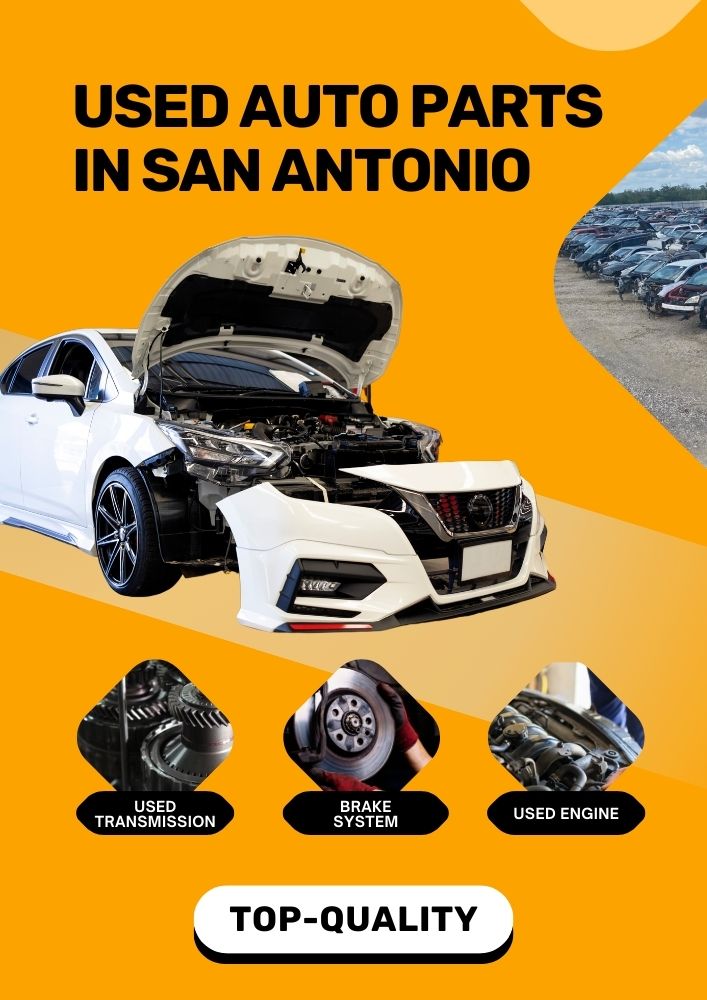Mechanic Urges Caution Over Used Cars: The Risks of Ignoring Wet Belt Issues
Buying a used car offers an attractive alternative to new vehicle purchases, especially post-2017 models, but there’s a hidden concern many overlook—a mechanical issue known as the “wet belt.” This blog will unpack what you need to know to make an informed decision and sidestep potential pitfalls in your used car purchase.
Understanding the Wet Belt Issue
The term “wet belt” may sound unfamiliar to many. Essentially, a wet belt is a crucial component in modern engines, particularly in cars manufactured after 2017. Unlike traditional dry belts, these belts operate inside the engine, where they’re lubricated by oil. This design aims to improve engine efficiency and reduce emissions. However, it has introduced unforeseen complications.
Common Problems with Wet Belts
Wet belts are subject to significant wear and tear, primarily due to constant exposure to oil and engine heat. These conditions accelerate the aging process, leading to:
- Degradation: Over time, wet belts can deteriorate, causing engine problems or complete failure.
- Oil contamination: Belt wear can introduce particulate matter into the engine oil, which can damage internal components.
- Higher maintenance costs: Repairing or replacing wet belts can be more complicated and expensive than traditional dry belts.
Ignoring these issues can lead to severe engine damage and escalating repair costs.
Why Post-2017 Cars Are More at Risk
Many vehicles produced after 2017 incorporate wet belt technology. Although these belts are designed to last for a specific period, they often fail prematurely. Data suggests that cars with these systems frequently require belt replacements earlier than factory-recommended intervals. For prospective buyers, this means higher maintenance costs and the potential for serious engine issues shortly after purchase.
Brands and Models Affected
While the problem isn’t exclusive to any single manufacturer, some brands have used wet belts more extensively in their engines. These include:
- Ford
- Volkswagen
- Fiat
- Peugeot
If you are considering buying a used car from these brands, pay extra attention to the wet belt status.
How to Safeguard Your Used Car Purchase
Going into a used car purchase armed with the right knowledge can save you a lot of trouble down the road. Here are actionable steps you can take:
Inspection and Maintenance History
Before finalizing any purchase, insist on a thorough mechanical inspection by a trusted mechanic. Ensure they specifically check the condition of the wet belt and other engine components. Also, review the vehicle’s maintenance history for any records of wet belt replacements or repairs.
Opt for Certified Used Cars
Purchasing from reputable dealers who offer certified pre-owned (CPO) vehicles can provide an added layer of assurance. These cars undergo rigorous inspections and often come with warranties that cover engine components, including the wet belt.
Warranty Considerations
Check if the car’s wet belt or timing belt is covered under any existing warranty. If not, consider purchasing an extended warranty that includes these components to mitigate potential future costs.
Regular Maintenance
If you own a post-2017 vehicle or plan to buy one, regular maintenance is key. Schedule periodic checks specifically focused on the wet belt, and adhere strictly to recommended service intervals.
Why You Shouldn’t Ignore Wet Belt Issues
Ignoring wet belt issues invites a multitude of problems. Engine failure caused by a worn wet belt can lead to repair bills running into thousands of dollars. Additionally, breakdowns can be dangerous, particularly if they occur at high speeds. Addressing the problem before it escalates not only preserves your vehicle’s performance but also ensures your safety on the road.
Seek Professional Help
For those considering the purchase of a used car, particularly those post-2017 models with potential wet belt issues, we recommend professional guidance. Visit a trusted mechanic to have the vehicle thoroughly inspected beforehand. Better still, explore GiantImports for reliable parts and expert support.
Conclusion
Buying a used car always comes with its set of challenges, but being aware of the wet belt issue can help you make a more informed decision. Proper inspection, consistent maintenance, and opting for certified used cars are pivotal steps to avoid potential pitfalls. Ensure your next used car purchase is a wise investment by putting these tips into practice.
For more detailed advice and ongoing developments related to used cars, visit the original detailed article on Express.





